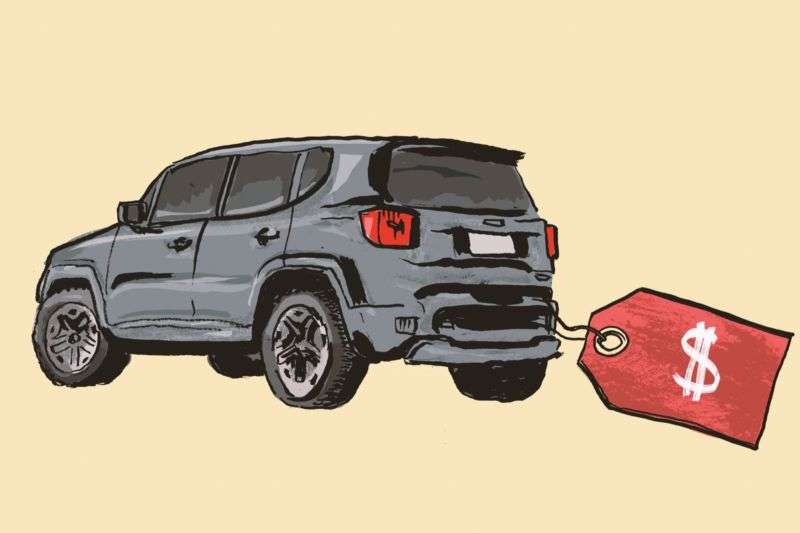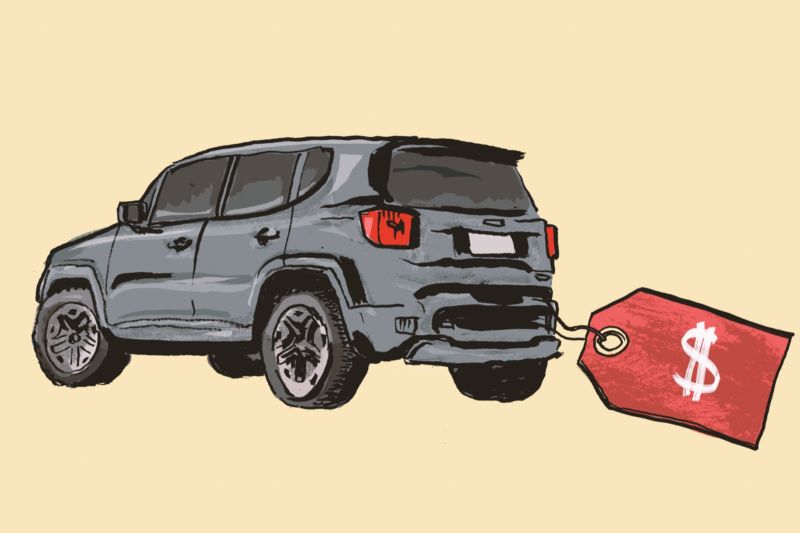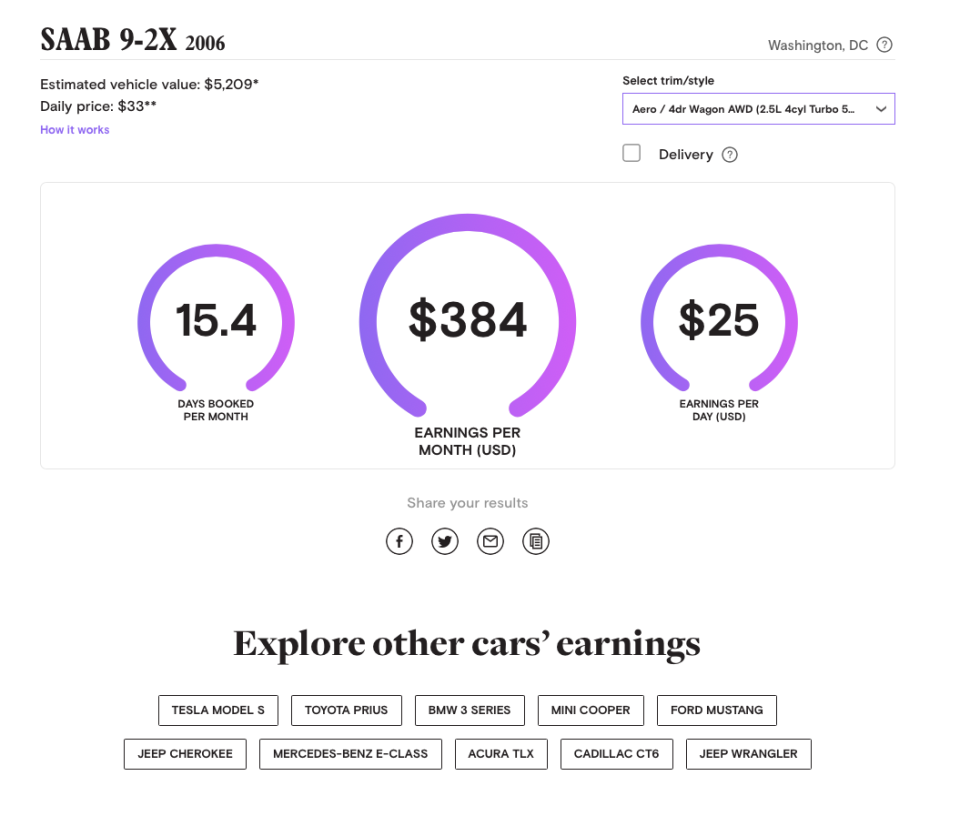
“Carculator” tells you how much money you can make renting out your car

Enlarge (credit: Endai Huedl/Getty Images)
Just before the holidays, the peer-to-peer car sharing platform Turo launched an interesting new tool. It’s called the carculator, and it’s aimed at helping Turo’s “hosts” find out just how much they’re able to make by renting out their vehicles. It’s extremely simple to use: you just enter the make and model of the car you’re interested in—anything from 2006 onwards—as well as your location, and it spits out an estimate of how much you’d earn renting it out per day, as well as the average number of days per month you could expect to have bookings.
“One of the promises we’ve said we’d deliver on is changing the economics of car ownership,” explained Steve Webb, Turo’s director of community and communications. “Uber and Lyft don’t make use of an idle vehicle, they monetize the labor of drivers. Turo is a more passive way to actually monetize your car.” The company’s carculator is the latest tool it’s offering to help do that, something Turo developed in response to requests from some of the hundreds of thousands of users who offer up their vehicles through the platform. The company is able to offer these insights after amassing quite a wealth of data—since its launch in 2010, Turo now has 350,000 vehicles listed and has booked more than 6 million days of rentals.
Analyzing that data shows us which cars are the most popular rentals, and I’ll be honest, I’m slightly surprised. Using data for the 365 days between November 1, 2017 and October 31, 2018 (and excluding vehicles that were pre-2012 or which had fewer than five completed rentals), it turns out that the most popular vehicle on the platform was… the Jeep Wrangler. These averaged 14 booked days per month, earning an average of $851 a month. That’s equivalent to two and a half monthly payments for a Jeep Wrangler, according to Turo. Runners up in the “pays for itself” category are the Ford Mustang ($796 a month from 17 booked days a month) and the Fiat 500 ($474 a month from 17 booked days a month).
Read 2 remaining paragraphs | Comments





